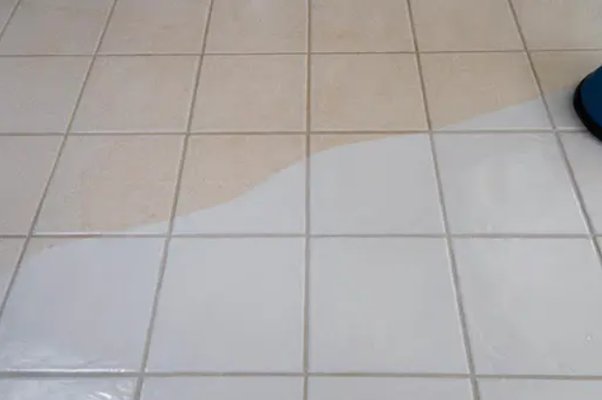Imagine you’re a sculptor shaping a masterpiece from a block of marble. Just as you rely on the quality of your tools to carve out intricate details, ensuring the putty quality you work with is essential for achieving a flawless finish in your projects. But how can you be sure the putty you choose is up to the task? Let’s explore some key indicators that will help you make an informed decision and elevate the quality of your work.
Visual Inspection
- To thoroughly assess the quality of putty, visually inspect the product for any signs of discoloration, cracks, or irregularities. Begin by conducting a color analysis to ensure the putty maintains its original hue without any unexpected variations. Look closely for any areas that appear darker or lighter than the rest, as this could indicate a problem with the product.
- Next, proceed with a texture examination by running your fingers over the surface of the putty. It should feel smooth and consistent throughout, without any rough patches or inconsistencies. Pay attention to any areas that feel different from the rest, as this could suggest underlying issues with the composition of the putty.

Consistency Test
- For a comprehensive evaluation of putty quality, assess its consistency through a standardized test method. Consistency testing involves measuring the density and thickness variation of the putty to ensure it meets quality standards. To conduct a density measurement, weigh a specific volume of putty and calculate its mass per unit volume. A consistent density indicates uniform composition and quality.
- Additionally, check for thickness variation by spreading the putty evenly over a surface and measuring its thickness at multiple points. Consistent thickness across the sample indicates uniformity in the putty’s composition and application properties.
- When performing the consistency test, ensure the putty is at the recommended temperature and properly mixed to obtain accurate results. Inconsistencies in density or thickness can impact the putty’s performance and durability. By rigorously assessing these factors, you can determine the quality and reliability of the putty for your intended application.
Adhesion Test
- Ensuring the putty’s quality extends to evaluating its adhesion through a meticulous testing process that directly correlates with the consistency examination. To assess the adhesion of putty effectively, you can conduct a peel test or tape test.
- In a peel test, apply a piece of adhesive tape firmly onto the putty surface and then swiftly peel it off at a 180-degree angle. A strong bond will result in minimal to no putty residue on the tape, indicating good adhesion. Conversely, if the putty easily peels off with the tape, it suggests poor adhesion.
- Similarly, the tape test involves attaching a piece of tape onto the putty and then removing it in a single swift motion. A quality putty will exhibit strong adhesion by not coming off with the tape. Conducting these tests allows you to gauge the putty’s adhesion strength accurately, ensuring that the product meets the required quality standards for your intended application.
Drying Time Evaluation
- When evaluating putty quality, a crucial aspect to consider is the drying time assessment, which plays a significant role in determining the product’s usability and effectiveness. The drying time of putty refers to how long it takes for the putty to dry and be ready for the next step in the application process. Quality standards dictate that putties should have consistent and predictable drying times to ensure smooth application and optimal results.
- Industry comparison is vital when assessing drying times. Different putty brands may have varying drying times based on their formulations and intended uses. It’s essential to compare the drying times of different putties within the same category to understand which product aligns best with your project requirements.
- To evaluate drying times accurately, follow the manufacturer’s instructions regarding application thickness, drying conditions, and recommended drying times. Keep in mind that factors such as temperature, humidity, and ventilation can impact drying times. By adhering to quality standards and conducting industry comparisons, you can select a putty that meets your specific needs and ensures efficient and effective results.
Sanding and Smoothing Assessment
- Assessing the quality of putty involves not only evaluating its drying time but also scrutinizing its sanding and smoothing capabilities for achieving a flawless finish. When assessing putty for sanding and smoothing, pay close attention to the grain size analysis of the product. Fine-grained putties are easier to sand and provide a smoother finish compared to coarser ones.
- To begin the assessment, apply the putty to a test surface and allow it to dry completely. Once dry, use sandpaper with varying grits to sand the putty down. Take note of how easily the putty sands and if it clogs the sandpaper. A high-quality putty should sand smoothly without clogging the sandpaper excessively.
- After sanding, evaluate the surface finish by comparing it to the surrounding area. The putty should blend seamlessly with the rest of the surface, leaving no visible demarcation lines. A good putty will result in a smooth and even surface, ready for painting or further finishing touches.
Conclusion
In conclusion, ensuring the quality of putty is crucial for achieving a smooth and flawless finish in your projects. By conducting visual inspections, consistency tests, adhesion tests, evaluating drying time, and assessing sanding and smoothing, you can guarantee the reliability and effectiveness of the putty you’re using. Taking the time to check these factors will ultimately lead to a professional and durable result that meets your standards of excellence.